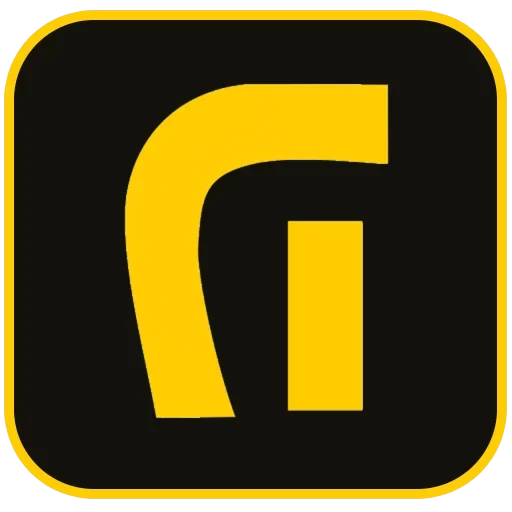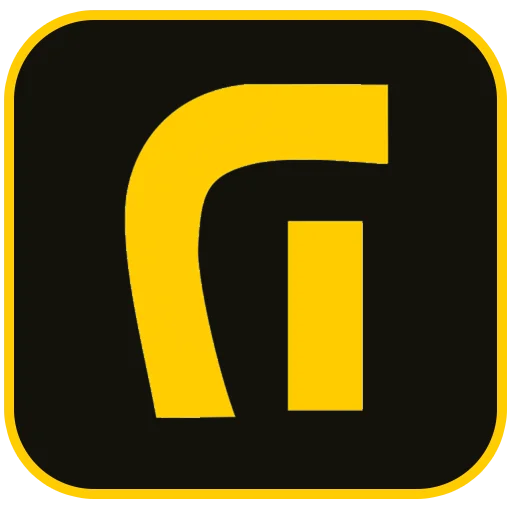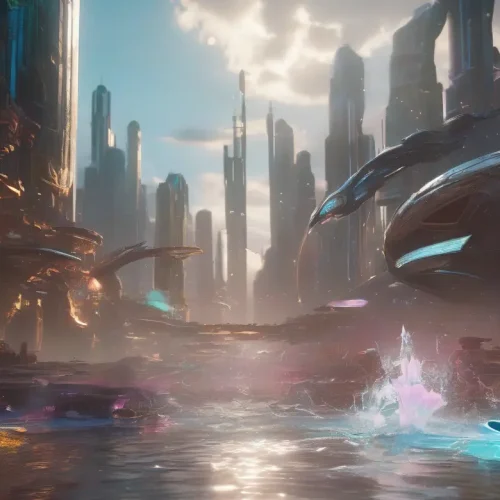Welcome to the definitive guide from Asa Rad Co. (آسا راد) on embarking on the journey to becoming a successful web designer. In today’s digital-first world, a company’s online presence is paramount, making the role of a skilled web designer more critical than ever. A website is often the first interaction a potential customer has with a brand, serving as a vital tool for marketing, sales, and communication. Without a well-designed, user-friendly website, businesses risk losing opportunities to connect with their audience and achieve their objectives. This article will walk you through the essential steps, skills, and knowledge required to excel in this dynamic field, transforming your passion into a thriving career.
Who Is a Web Designer? Understanding the Core Role
At its heart, a web designer is a creative professional responsible for the visual and interactive aspects of a website. They are the architects of the online experience, ensuring that a site is not only aesthetically pleasing but also intuitive, functional, and engaging for the user. Unlike web developers who focus primarily on the underlying code and functionality, web designers concentrate on the user interface (UI) and user experience (UX). This involves making decisions about layout, color schemes, typography, imagery, and overall site structure to create a seamless and enjoyable browsing experience.
Key Tasks and Responsibilities of a Web Designer:
- Collaborating with clients or stakeholders to understand project goals, target audience, and brand identity.
- Developing sitemaps, wireframes, and prototypes to outline website structure and user flow.
- Designing the visual elements of the website, including layout, graphics, illustrations, and multimedia.
- Selecting appropriate fonts, colors, and imagery that align with the brand and enhance usability.
- Ensuring the design is responsive, adapting flawlessly to various devices and screen sizes (desktops, tablets, smartphones).
- Considering and implementing basic accessibility standards (WCAG) to make websites usable for people with disabilities.
- Optimizing images and other assets for fast loading times without compromising quality.
- Working closely with front-end developers to translate designs into functional code.
- Staying updated on the latest design trends, technologies, and industry best practices.
Essential Skills and Knowledge for Aspiring Web Designers
Becoming a proficient web designer requires a blend of creative talent, technical understanding, and strategic thinking. While innate creativity is a great asset, many essential skills can be learned and honed through dedicated practice and study. Here are the fundamental areas to focus on:
1. Foundational Design Principles
Good web design is built upon a solid understanding of fundamental design principles. This goes beyond artistic drawing ability and focuses on how visual elements work together effectively. Key principles include:
- Visual Hierarchy: Guiding the user’s eye through the page using size, color, contrast, and placement.
- Layout and Composition: Arranging elements on the page for balance, flow, and clarity. Understanding grid systems is crucial here.
- Typography: Choosing and pairing fonts effectively to ensure readability and convey the right tone.
- Color Theory: Understanding how colors impact mood, usability, and brand perception, and creating effective color palettes.
- Space (Negative Space): Using white space effectively to reduce clutter and improve readability and focus.
2. User Experience (UX) and User Interface (UI) Design
Modern web design is inseparable from UX/UI. While some roles specialize, a good web designer understands these concepts:
- UX (User Experience): Focuses on the overall feeling a user has when interacting with the website. It’s about making the site effective, enjoyable, and easy to use. This involves understanding user needs, mapping user journeys, and identifying pain points.
- UI (User Interface): Refers to the visual elements and interactive properties users interact with (buttons, icons, forms, layout). It’s about making the interface intuitive, attractive, and responsive.
Learning to create wireframes (basic structural blueprints) and mockups (visual representations) is a core part of translating ideas into design.
3. Core Web Technologies (HTML, CSS, JavaScript)
While not necessarily needing to be a full-stack developer, a web designer must have a solid grasp of the foundational languages that power the web:
- HTML (HyperText Markup Language): The standard language for creating web pages and defining their structure (headings, paragraphs, images, links).
- CSS (Cascading Style Sheets): Used to control the visual presentation of HTML elements – colors, fonts, layout, spacing, and responsive behavior. Understanding CSS frameworks like Bootstrap or Tailwind CSS can significantly speed up workflow.
- JavaScript: Essential for adding interactivity and dynamic content to websites. While designers may not write complex scripts, understanding how JavaScript works is crucial for designing interactive elements and communicating effectively with developers. Knowledge of front-end JavaScript libraries or frameworks might be beneficial depending on the role.
4. Website Layout and Structure (Information Architecture)
Designing a website involves careful planning of how content is organized and how users navigate through it. This is known as Information Architecture (IA). A good understanding of IA helps create logical, user-friendly websites where visitors can easily find what they are looking for. This includes planning site maps, navigation menus, and internal linking structures.
5. Responsive Design
With users accessing websites on a multitude of devices, designing sites that look and function well on everything from large desktop monitors to small smartphone screens is non-negotiable. Responsive design techniques, primarily using CSS media queries, flexible grids, and fluid images, are essential skills for any modern web designer.
6. Graphic Design Software and Prototyping Tools
Proficiency in industry-standard design tools is a must. While Photoshop and Illustrator are still relevant for image editing and vector graphics, modern web designers heavily rely on dedicated UI/UX design and prototyping tools like Figma, Sketch (Mac only), and Adobe XD. These tools facilitate creating wireframes, mockups, interactive prototypes, and design systems.
7. Search Engine Optimization (SEO) Fundamentals
A beautifully designed website is only effective if people can find it. Understanding the basics of SEO is crucial for web designers. This involves designing with SEO in mind from the start – using semantic HTML, optimizing image file sizes and alt text, ensuring fast loading speeds, creating mobile-friendly designs, and structuring content logically. Your design choices directly impact a site’s crawlability and performance in search results.
8. Standards and Accessibility
Adhering to web standards (like those from the W3C) ensures your websites are compatible across different browsers and devices. Furthermore, designing for accessibility is not just a best practice but often a legal requirement. Learning about WCAG (Web Content Accessibility Guidelines) helps you create inclusive designs that can be used by people with diverse abilities, including those using screen readers or other assistive technologies.
9. Communication and Collaboration
Web design is rarely a solitary activity. You’ll need to communicate effectively with clients to understand their vision, present your designs, and incorporate feedback. Collaborating with developers, copywriters, and other team members is also key to bringing a project to life successfully.
Educational Paths to Becoming a Web Designer
There isn’t a single, mandatory path to becoming a web designer. People come from diverse backgrounds, and several avenues can lead to a successful career:
Formal Education:
Degrees in related fields like Graphic Design, Digital Media, Human-Computer Interaction (HCI), or even Computer Science can provide a strong theoretical foundation and structured learning environment.
Coding Bootcamps:
Intensive, short-term programs focused on practical, in-demand skills. Many bootcamps offer tracks specifically for UI/UX design or front-end development, which are highly relevant.
Online Courses and Self-Learning:
Platforms like Coursera, Udemy, Skillshare, freeCodeCamp, and Khan Academy offer countless courses on specific design tools, coding languages, and design principles. This path requires discipline but offers flexibility and affordability.
Building Personal Projects:
Practical application is crucial. Working on personal projects allows you to experiment, learn by doing, and build a portfolio.
Building Your Web Design Portfolio: Your Visual Resume
In the creative industry, your portfolio is often more important than your resume. It’s a curated collection of your best work that showcases your skills, style, and ability to solve design problems. To build a compelling portfolio:
- Include a variety of projects demonstrating different skills (responsive design, e-commerce, portfolio sites, landing pages, etc.).
- Present your work professionally, ideally on your own website.
- For each project, explain your process, the challenges you faced, your solutions, and the tools you used (case studies are highly effective).
- Include personal projects, redesigns of existing sites, or volunteer work if you lack professional experience.
- Ensure your portfolio itself is well-designed and easy to navigate.
Gaining Experience and Landing Your First Web Design Job
Once you have foundational skills and a budding portfolio, it’s time to gain real-world experience:
- Internships: Offer invaluable experience working on real projects within a team environment.
- Freelancing: Start with small projects for friends, family, or local businesses to build experience and client interaction skills. Platforms like Upwork or Fiverr can be starting points, though competitive.
- Volunteer Work: Offer your services to non-profits or community organizations to gain experience and portfolio pieces.
- Networking: Attend industry events, join online communities, and connect with other designers and developers.
When applying for jobs, tailor your resume and cover letter to each specific role, highlighting the skills and portfolio pieces most relevant to the position. Be prepared to discuss your design process and rationale during interviews.
The Evolving Landscape: Staying Updated as a Web Designer
The web design industry is constantly changing with new technologies, tools, and trends emerging rapidly. Successful web designers are lifelong learners. Make it a habit to:
- Follow industry blogs, podcasts, and social media influencers.
- Experiment with new design tools and software features.
- Learn new coding techniques or frameworks.
- Study successful websites and analyze what makes them effective.
- Seek feedback on your work and be open to constructive criticism.
Conclusion: Your Journey to Becoming a Web Designer
Becoming a web designer is an exciting and rewarding career path that blends creativity with technology. It requires dedication, continuous learning, and a passion for creating engaging online experiences. By focusing on fundamental design principles, mastering core web technologies, understanding UX/UI, building a strong portfolio, and committing to staying updated, you can build a successful career in this dynamic field. Asa Rad Co. is here to support your journey into the world of web design, helping you understand the principles that create impactful digital presences.
Resources for Aspiring Web Designers
To further your learning, explore these types of resources:






